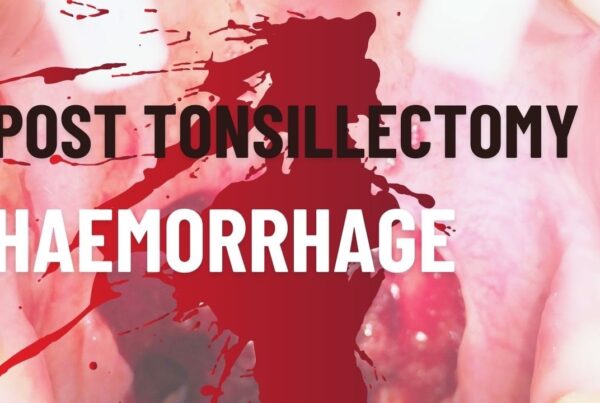Introduction
Two days after speaking at the EMCORE Conference on blood pressure control in intra-cerebral bleeds the ATACH-2 trial (Antihypertensive Treatment of Acute Cerebral Haemorrhage II) has been published.
We know that intra-cerebral bleeds are dynamic, with up to 40% of patients having growth in haemorrhage volume, in the first 3 hours(Stroke 1997:28:1-5). We also know that bleed volume is a determinant of mortality and that bleed volume increase, is related to increased blood pressure(Neurosurgery 1994). Because of this, there has been a push to lower systolic blood pressure(SBP) in acute bleeds. I am not including subarachnoid bleeds in this discussion.
I recently wrote a blog titled the ‘Penumbra Conundrum‘ and pointed out that hemorrhagic strokes are very different to ischaemic strokes. Hemorrhagic strokes have no ischaemic penumbra around the haematoma. Cerebral blood flow slows in the region as does metabolic rate (Stroke 2013:44;620-6).
INTERACT-2 Trial
The INTERACT 2 trial(NEJM 2013: 368: 2355-2365) randomised over 2000 patients into two systolic blood pressure groups:
- SBP < 140
- SBP <180
Patients were included within 6 hours of symptom onset. They found no reduction in death or severe disability when lowering blood pressure. There may have been some benefit in subgroup analysis at 90 days for the more intense lowering of SBP. It is important to also mention that no harm was found from lowering the SBP in this study.
The original ATACH-I trial used Nicardipine to lower SBP safely down to 110-140 (Crit Care Med 2010;38:637-648).
ATACH-2 TRIAL
The ATACH-2 Trial just released, was a randomised multi centre trial that recruited patients within 4.5 hours of symptom onset. The blood pressures were kept at one of two levels for 24 hours:
- 140-179 mmHg
- 110-139 mmHg
The primary outcome was disability or death within 3 months.
1000 patients were randomised equally into the two groups. The study was stopped early, short of its 1280 patient target, due to futility. There was no difference in survival or benefit between the 2 groups i.e.., the intense lowering of SBP group and the less aggressive group. There may have been some increase in renal adverse events (not statistically significant) in the first 7 days in the more aggressive group, however the clinical implications of these are unclear.
Both INTERACT -II and ATACH-2 show no benefit in lowering blood pressure in intra-cerebral bleeds.
So where to now? What about the patient with SBP of 220mmHg? The only evidence so far is a study by Kazui S et al(Stroke 1996:27:1783-7) showing that SBP > 220mmHg was directly related to haematoma enlargement.
The American Heart Association recommends 140mmHg. I stick to 140 as my goal for SBP in spontaneous intracerebral haemorrhage. If I get 140-160mmHg i’m happy. If I go below 140, I know that studies have shown no harm. I try to not have fluctuations, but keep it steady. It is also important to monitor the patient as the SBP is lowered. Some patients with chronic hypertension will have a right shift in their auto regulation curve and lowering their SBP may produce neurological symptoms. They should have a higher SBP titrated.
Which antihypertensive to use? Remember that the SBP increases due to an increase in systemic vascular resistance (SVR):
- Nicardipine (5mg/hr IV, increase every 5-10 min by 2.5mg/hr)
- Labetalol- 10-20mg bolus, every 15 minutes up to 300mg
- GTN infusion or
- Hydrazine 5 mg bolus IV and a hydrazine infusion.
Beware Sodium Nitroprusside as it can increase cerebral vasodilatation, increasing intracranial pressure.










